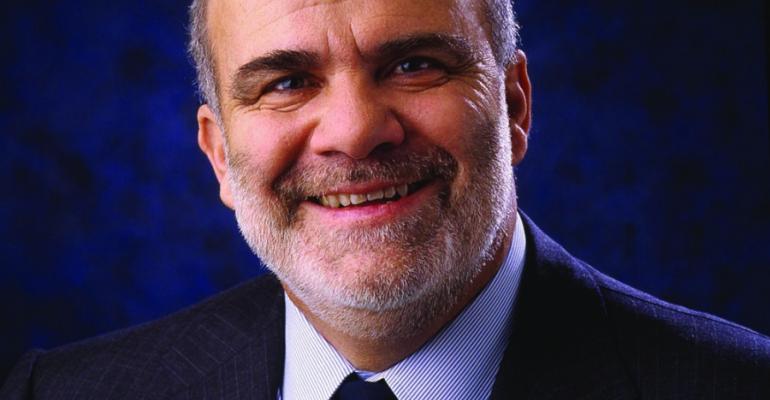Though cruise lines have followed IMO guidance on voyage planning for many years, the new policy now deems this to be a mandatory minimum requirement and enhanced by endorsement of the best practices contained in the International Chamber of Shipping’s Bridge Procedures Guide. Furthermore, each passage plan is to be thoroughly briefed with all bridge team members well in advance of its implementation and it is to be drafted by a designated officer and approved by the master.
The new policy also limits bridge access. To minimize disruptions and distractions, bridge access is to be limited to those with operational functions during any period of restricted manoeuvring or when increased vigilance is required.
In addition to the statutory requirement of carriage of life jackets for each person on board, lines will now carry additional adult life jackets to ensure adequate jackets for the total number of people berthed within the ship’s most populated main vertical fire zone. This ensures that the number of life jackets carried is far in excess of the number of people on board the ship.
The new policies are to be implemented with immediate effect, according to ECC and Cruise Lines International Association. They are the third major action to spring from the post-Costa Concordia operational safety review.
The policies will be reported to the IMO for consideration at the Maritime Safety Committee session in May, which will delve into the Costa Concordia incident.
Lefebvre said today’s EC event is ‘in perfect alignment with our industry efforts to improve cruise ship safety’ and thanked EC Transport Commissioner Siim Kallas for the opportunity to outline how the industry and regulators ‘can move forward together in our common goal of preventing future accidents.’
Lefebvre said the cruise industry is highly regulated, adding that ‘it is this regulatory regime, complied with on board by our professional and committed officers and crews, that has given the cruise industry a truly remarkable safety record. But as the Concordia incident demonstrates, there is no such thing as perfect safety. We do strive for a perfect commitment to safety.’
In a statement, CLIA president and ceo Christine Duffy said the new policies show the industry continues to take ‘proactive measures to improve the safety of passengers and crew across the globe.’ She said the industry continues to work collaboratively to identify any additional operational issues that will ‘achieve our longstanding goal of continuous improvement and innovation in shipboard operations and safety.’
Earlier policies to emerge from the operational safety review concerned mandatory muster drlls before leaving port and enhanced reporting requirements to ensure accuracy and consistency in marine casualty reporting.
Copyright © 2024. All rights reserved. Seatrade, a trading name of Informa Markets (UK) Limited.
Add Seatrade Cruise News to your Google News feed.  |

